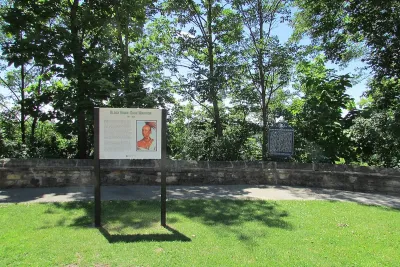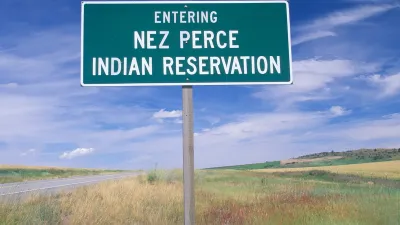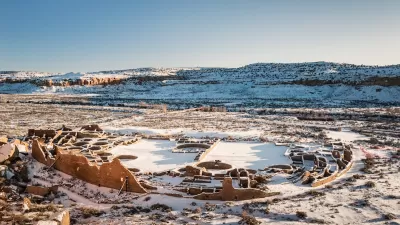Harvard students collaborated with the Sac and Fox Nation to develop strategies for reclaiming and co-managing ancestral lands in Illinois, supporting Indigenous sovereignty through design, cultural storytelling, and economic planning.

In Fall 2024, Harvard Graduate School of Design (GSD) lecturer Eric Henson led the course “Native Nations and Contemporary Land Use,” focusing on collaborations between GSD students and Indigenous tribes. As reported by Rachel May, a key partnership was with the Sac and Fox Nation, aiming to support their efforts in reclaiming ancestral lands in Illinois. This initiative reflects the broader “landback” movement, where Native nations strive to regain sovereignty over territories taken during colonization.
GSD students Cayden Abu-Arja and Neady Oduor worked closely with Sac and Fox leaders, including Principal Chief Randle Carter and Business Committee Member Robert Williamson, to develop strategies for co-managing the Black Hawk State Historic Site. Their proposals encompassed cultural storytelling, revenue generation, and enhanced collaboration with Illinois state authorities. These efforts aim to reconnect the Sac and Fox people with their ancestral homeland and preserve their cultural heritage.
The course also facilitated interactions between the Sac and Fox Nation and the Chicago Blackhawks hockey team, exploring innovative collaborations for cultural preservation and economic development. This partnership exemplifies how design education can play a pivotal role in supporting Indigenous sovereignty and land reclamation efforts, fostering mutually beneficial relationships between Native nations and external organizations.
FULL STORY: When the Client is a Nation: Eric Henson’s GSD Students Collaborate with Indigenous Tribes

Planetizen Federal Action Tracker
A weekly monitor of how Trump’s orders and actions are impacting planners and planning in America.

Trump Administration Could Effectively End Housing Voucher Program
Federal officials are eyeing major cuts to the Section 8 program that helps millions of low-income households pay rent.

The 120 Year Old Tiny Home Villages That Sheltered San Francisco’s Earthquake Refugees
More than a century ago, San Francisco mobilized to house thousands of residents displaced by the 1906 earthquake. Could their strategy offer a model for the present?

Washington State Legislature Passes Parking Reform Bill
A bill that would limit parking requirements for new developments is headed to the governor’s desk.

Missouri Law Would Ban Protections for Housing Voucher Users
A state law seeks to overturn source-of-income discrimination bans passed by several Missouri cities.

Op-Ed: Looking for Efficiency? Fund Intercity Buses
Much less expensive than rail, intercity buses serve millions of Americans every year, but public subsidies are lacking.
Urban Design for Planners 1: Software Tools
This six-course series explores essential urban design concepts using open source software and equips planners with the tools they need to participate fully in the urban design process.
Planning for Universal Design
Learn the tools for implementing Universal Design in planning regulations.
Ada County Highway District
Clanton & Associates, Inc.
Jessamine County Fiscal Court
Institute for Housing and Urban Development Studies (IHS)
City of Grandview
Harvard GSD Executive Education
Toledo-Lucas County Plan Commissions
Salt Lake City
NYU Wagner Graduate School of Public Service





























